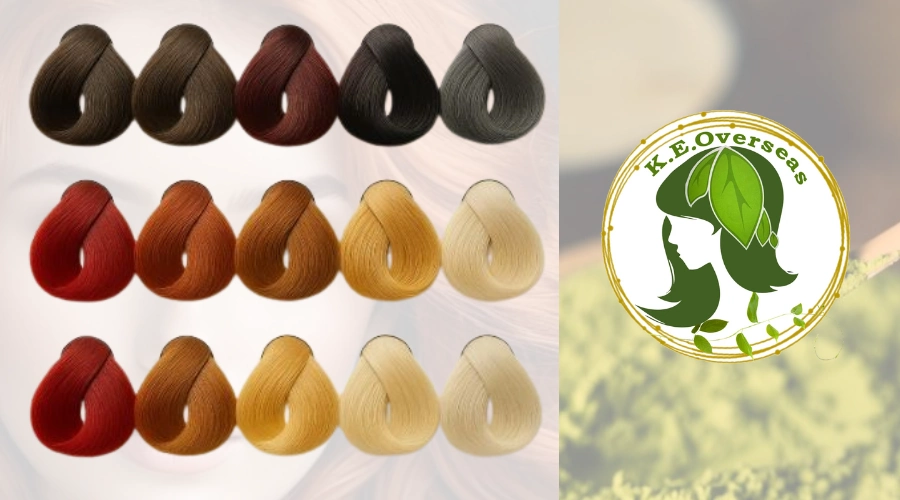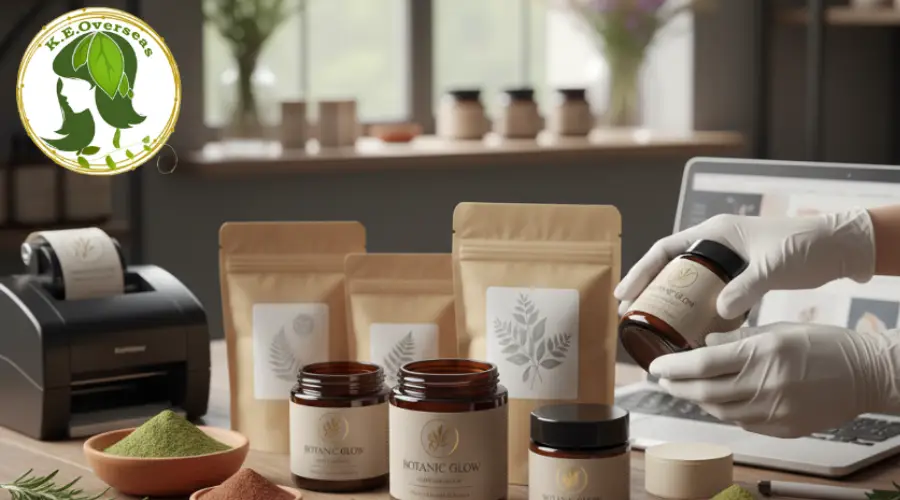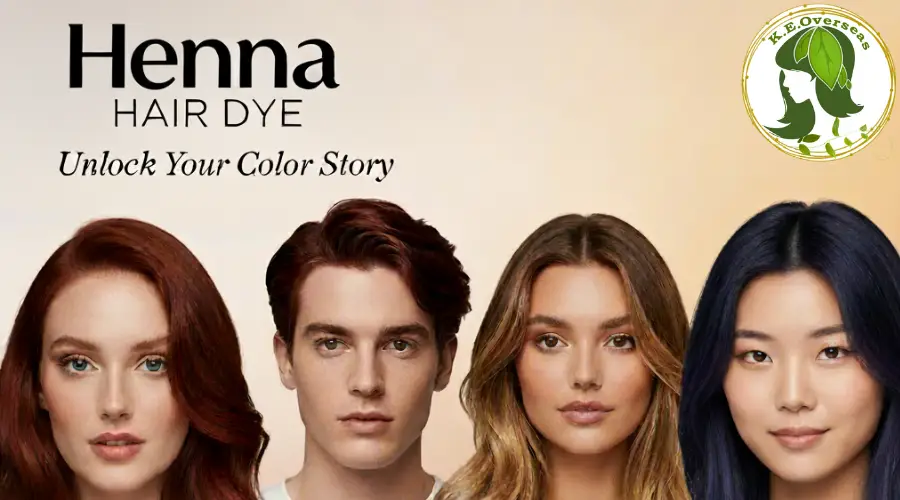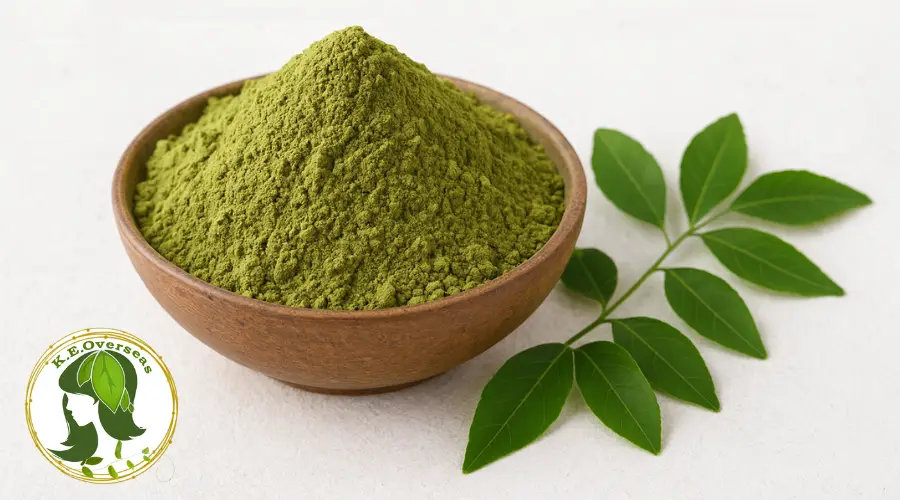Hair color is one of the most widely used cosmetic products globally, transforming appearances and boosting confidence. However, behind every vibrant shade and lasting result lies a complex process governed by strict safety and compliance standards. For hair color manufacturers, ensuring product safety isn’t just about delivering good results—it’s about protecting public health, maintaining trust, and complying with regulations set by health authorities worldwide.
In this blog, we’ll explore how reputable hair color manufacturers ensure their products meet safety standards and regulatory compliance, from ingredient sourcing to final packaging.
Exact Ingredient Selection
The foundation of a safe hair color product starts with ingredient selection. Hair color formulas often include chemicals such as ammonia, hydrogen peroxide, and p-phenylenediamine (PPD), which can pose risks if not properly balanced.
Hair Color Manufacturers take the following steps to ensure ingredient safety:
Concentration Limits: Potentially reactive ingredients like PPD or resorcinol are used in concentrations below the legal safety threshold.
Non-toxic Additives: Many manufacturers now incorporate botanical extracts, oils, and conditioning agents to minimize scalp irritation and hair damage.
Advanced manufacturers often go further, offering ammonia-free, paraben-free, or vegan-certified formulations, appealing to health-conscious consumers.
Product Testing & Safety Evaluation
Before a hair color hits the market, it must go through extensive safety testing and efficacy trials, which include:
Dermatological Testing:
These tests evaluate how the product affects the skin, ensuring it’s safe for use on the scalp and surrounding areas. Products must pass patch tests and irritation trials to be considered non-allergenic.
Microbiological Testing:
This ensures the product doesn’t support harmful bacterial growth, especially if it’s stored in humid salon environments or used multiple times.
Stability Testing:
Hair color products must remain stable over time—meaning the color shouldn’t degrade or become unsafe. Manufacturers test for shelf life, color retention, and temperature resistance to ensure performance under different conditions.
Clinical Trials (for certain markets):
Some manufacturers conduct limited human testing under controlled environments to measure side effects, dye uptake, and user satisfaction.
Regulatory Compliance & Documentation
Every country has its own cosmetic safety regulations, and manufacturers must comply with each one if they plan to sell internationally. Here’s how they manage compliance:
Safety Data Sheets (SDS): Each ingredient and final product is accompanied by an SDS, which includes information on toxicity, handling, storage, and emergency measures.
Product Information File (PIF)
In the EU, a PIF is mandatory and must include:
- Product description
- Safety report
- Manufacturing method
- Proof of claims (e.g., “100% grey coverage”)
- Animal testing statement (if applicable)
- Labelling & Packaging Compliance
- Manufacturers ensure that the product packaging
- Provides usage instructions and safety warnings (e.g., allergy test instructions)
- Displays batch numbers and expiry dates
- Fulfils language and legal requirements per region
- Non-compliance in labelling can result in severe penalties or product bans
GMP-Compliant Manufacturing Facilities
Safety isn’t only about the formula—how and where the product is made matters just as much.
What Is GMP?
Good Manufacturing Practice (GMP) refers to a system that ensures products are consistently produced and controlled according to quality standards. Reputable manufacturers operate in GMP-certified facilities that:
- Maintain hygiene and contamination control
- Use sterilized equipment
- Track batches through digital or manual logs
- Train staff regularly on safety protocols
Whether a brand is private label or its own name, choosing a GMP-compliant manufacturer guarantees a higher level of safety and traceability.
Innovation for Safer Formulas
With rising consumer awareness and regulations tightening globally, manufacturers are investing more in R&D to create safer alternatives to traditional hair dyes.
Trends in Safer Hair Color Formulas:
- Plant-based dyes using henna, indigo, or cassia
- PPD alternatives such as MEA (monoethanolamine)
- Micro-encapsulation technology to reduce scalp exposure
- Odorless and low-pH formulas for sensitive users
By investing in scientific advancements, manufacturers not only enhance safety but also offer unique selling propositions (USPs) to stand out in a crowded market.
Transparent Consumer Education
Manufacturers also play a role in educating end-users, especially DIY hair color users. This includes:
- Clear instruction leaflets inside product boxes
- Guidance on patch tests before use
- Hotline or online support for questions about reactions
Brands that emphasize safe usage guidelines often earn more consumer trust and loyalty over time.
In the competitive and highly regulated world of cosmetics, product safety and compliance are non-negotiable for hair color manufacturers. From ingredient selection to lab testing and GMP-compliant production, each step is carefully monitored to protect consumers and meet international standards.
As customers become more aware of what goes into their beauty products, manufacturers who prioritize transparency, safety, and sustainability will continue to lead the industry.
Whether you’re a salon owner, beauty brand, or curious buyer, knowing what happens behind the scenes of hair dye manufacturing gives you the confidence to make safer, more informed choices.








